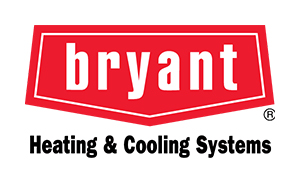Here’s a useful resource to understand some key terms related to heating, ventilation, and air conditioning (HVAC) systems in Texas:
- BTU (British Thermal Unit) – A unit used to measure the heating or cooling capacity of an HVAC system.
- Furnace – A device that heats and distributes air throughout a building using fuel or electricity.
- Thermostat – A device that controls the temperature of a HVAC system by sensing and adjusting the desired level.
- Heat Pump – A system that can both heat and cool a building by moving heat from one area to another.
- Air Handler – Part of an HVAC system that circulates conditioned air throughout a building.
- Condenser – A component of the HVAC system that releases heat from refrigerant to the outside environment.
- Ventilation – The process of introducing fresh air into an indoor space and removing stale air to maintain air quality.
- SEER (Seasonal Energy Efficiency Ratio) – A rating system that measures the energy efficiency of an air conditioner or heat pump.
- Humidifier – An additional device that adds moisture to the air in order to increase humidity levels.
- Dehumidifier – An additional device that removes excess moisture from the air to reduce humidity levels.
- AFUE- (Annual Fuel Utilization Efficiency) – It quantifies the efficiency of a furnace by measuring the amount of fuel it converts into usable heat over a year.
- HVAC – Heating, Ventilation, and Air Conditioning. It refers to the technology and systems used for controlling the environment, including temperature, humidity, and air quality, within a specific space or building.
- Ductwork – It refers to the network of tubes or pipes used to distribute heated or cooled air throughout a building.
- Zoning – It is the practice of dividing a building into different sections or zones, each with its own individual temperature control, allowing for more customized and efficient heating and cooling.
- Evaporator Coil – It is a part of the HVAC system where refrigerant absorbs heat and evaporates, cooling the air that passes over it.
- IAQ – Indoor Air Quality. It refers to the condition of the air inside a building, including factors such as temperature, humidity, ventilation, and the presence of pollutants or allergens.

